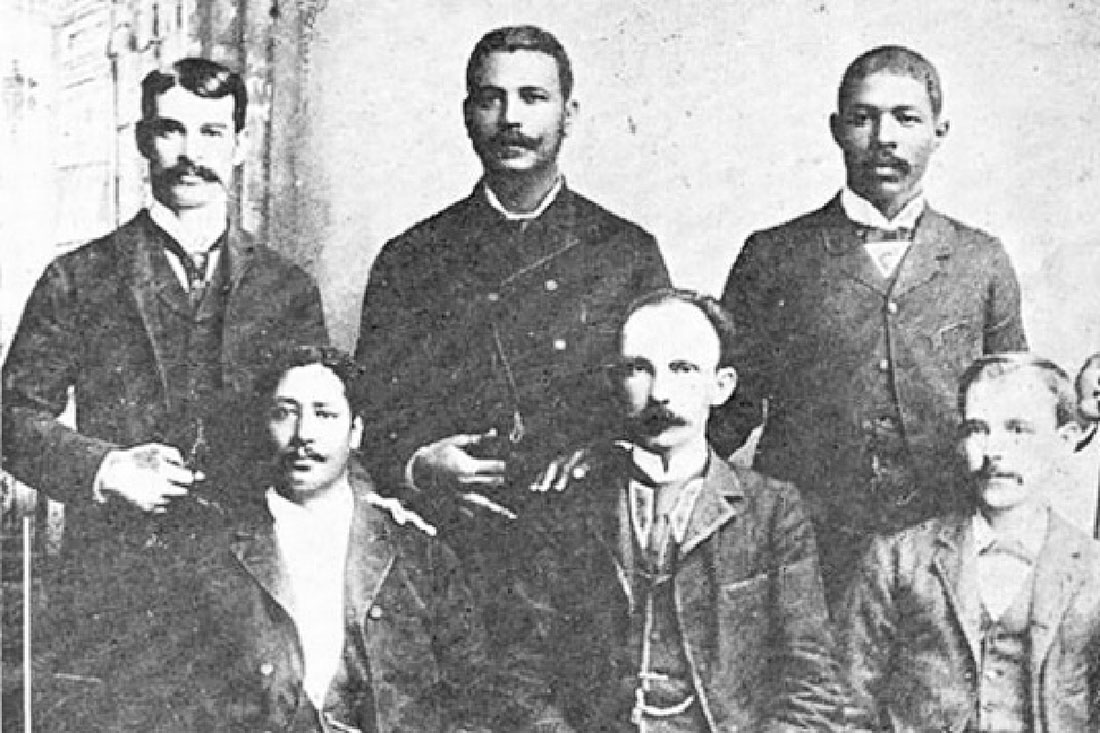Marti’s emissaries from the PRC arrived in Camagüey, as in other Cuban regions, to talk, analyze and coordinate the preparations for the future war, including Commander Gerardo Castellanos Lleonart, Porfirio Batista Varona, Manuel de la Cruz and Arturo Malberti, who met with some very determined locals, skeptical ones and even others reluctant to collaborate.
In the organization of the new Cuban independence struggle, one fact distinguishes the stage; the foundation in New York by José Martí-not by chance, but as an expression of patriotic continuity – on April 10th, 1892, of the Cuban Revolutionary Party, its objective was, under democratic principles, to bring together all Cubans and Puerto Ricans to obtain the independence of the Antilles and establish a just Republic.
The articles and Statutes of the PRC evidence Martí’s intention to proclaim to the people the reasons for the war and the rights as citizens in the future Republic, distinctive aspects of the unity that was required to achieve such a laudable goal, and at the same time an expression of the difference in relation to other political parties of his time.
Precedents
Two days before the birth of the PRC, the appointment of José Martí as Delegate of the organization had been confirmed, while Benjamín Guerra and Gonzalo de Quesada Aróstegui would serve as treasurer and secretary, respectively. It stands out that a man from Camagüey and a descendant of the region of Puerto Principe share important responsibility with Martí in the organization.
Enrique Loynaz del Castillo, also a member of illustrious families from Camagüey, and a close collaborator with Martí abroad, in his Memoirs of the war indicates that he enthusiastically prints and sends the bases and secret Statutes of the PCR to the patriots Salvador Cisneros Betancourt, Francisco Sánchez Betancourt, Paco Recio, Luis Mola, among others.
Marti’s emissaries from the PRC arrived in Camagüey, as in other regions, to talk, analyze and coordinate on the preparations for the future war, Commander Gerardo Castellanos Lleonart, Porfirio Batista Varona, Manuel de la Cruz and Arturo Malberti, were some of them, who were interviewed with Alejandro Rodríguez, Salvador Cisneros Betancourt, Francisco Sánchez Betancourt, etc..
Various events during the years 1892-1895 are related to the preparations in Camagüey to support the independence uprising. I share two events that allow refuting the sometimes insufficiently studied stigma that Camagüey did not want war.
One is related to the death of the patriot Francisco Sánchez Betancourt in 1894, in whose funeral the youth of Camagüey participated, which evidenced the continuity of the patriotic ideals.
While the uprisings since March 1895 by Luis Suárez in the Senado mill, Mauricio Montejo and Justiz in the Lugareño mill, Rafael Labrada in Sierra de Cubitas, Francisco Recio López del Castillo and Mario García Menocal in Santa Cruz del Sur, together with that of Salvador Cisneros Betancourt in Las Guásimas de Montalbán, -the most publicized by the leadership of the veteran independence fighter-, allow reflections from more objective economic, political and social nuances. When reviewing Martí’s work, seeing women, men, landscapes and historical events of Camagüey reflected in it, the locals feel proud of the deference that the Master had with the region, especially during his work in preparation for the Necessary War.
Unquestionably, the presence of Camagüey men by his side and the inquiries carried out by Martí allow him to approach our reality with palpable fidelity.
Translated by: Aileen Álvarez García






